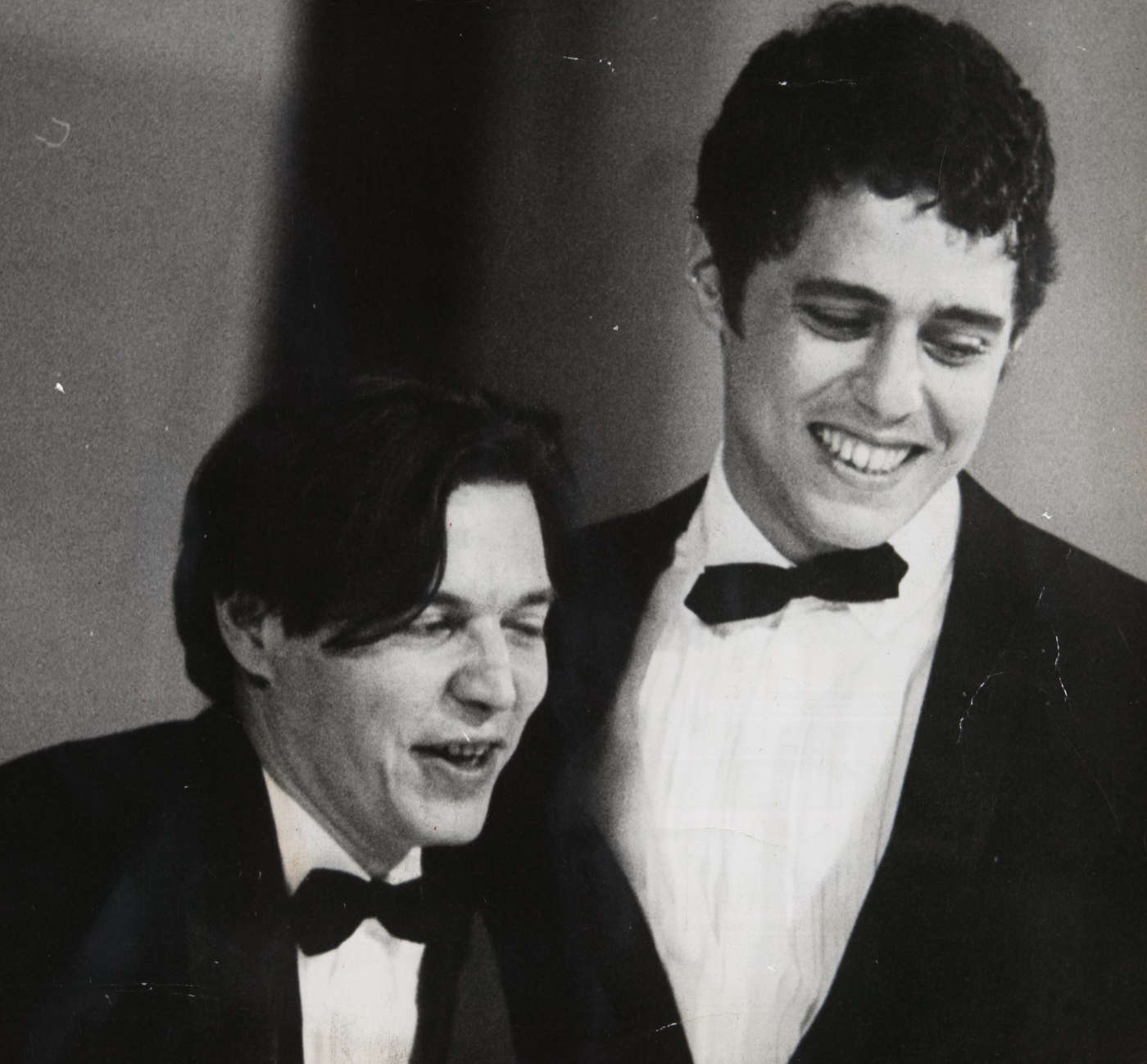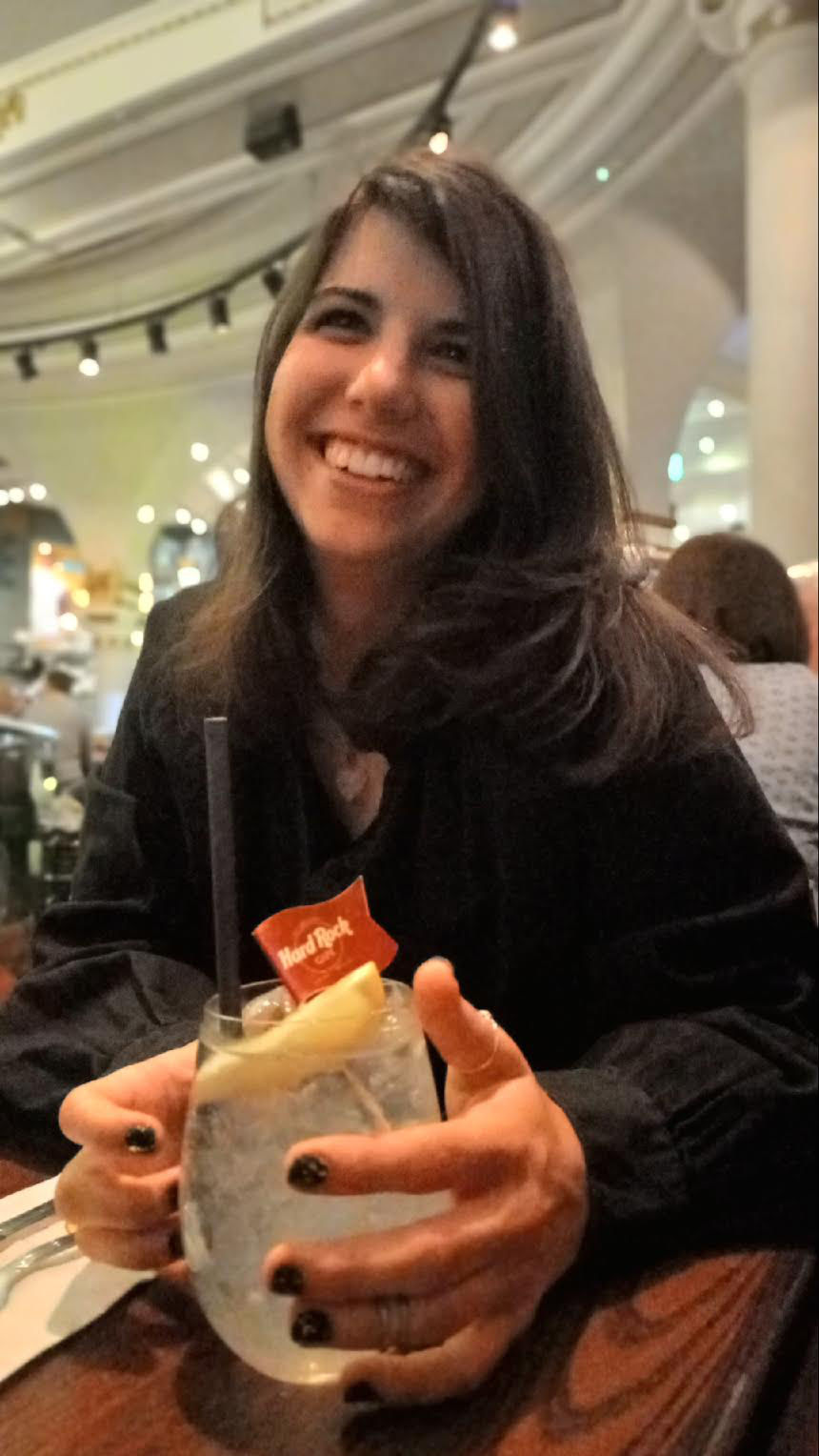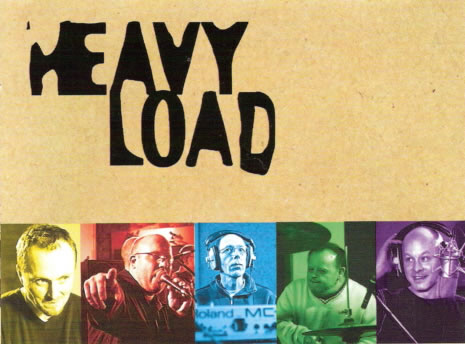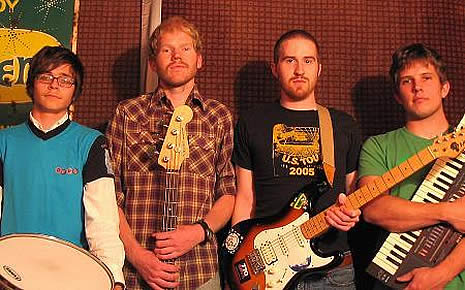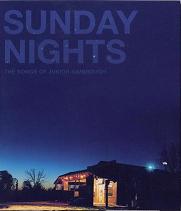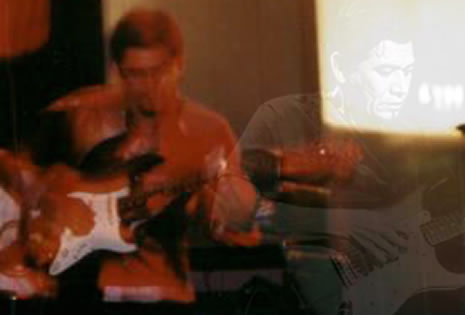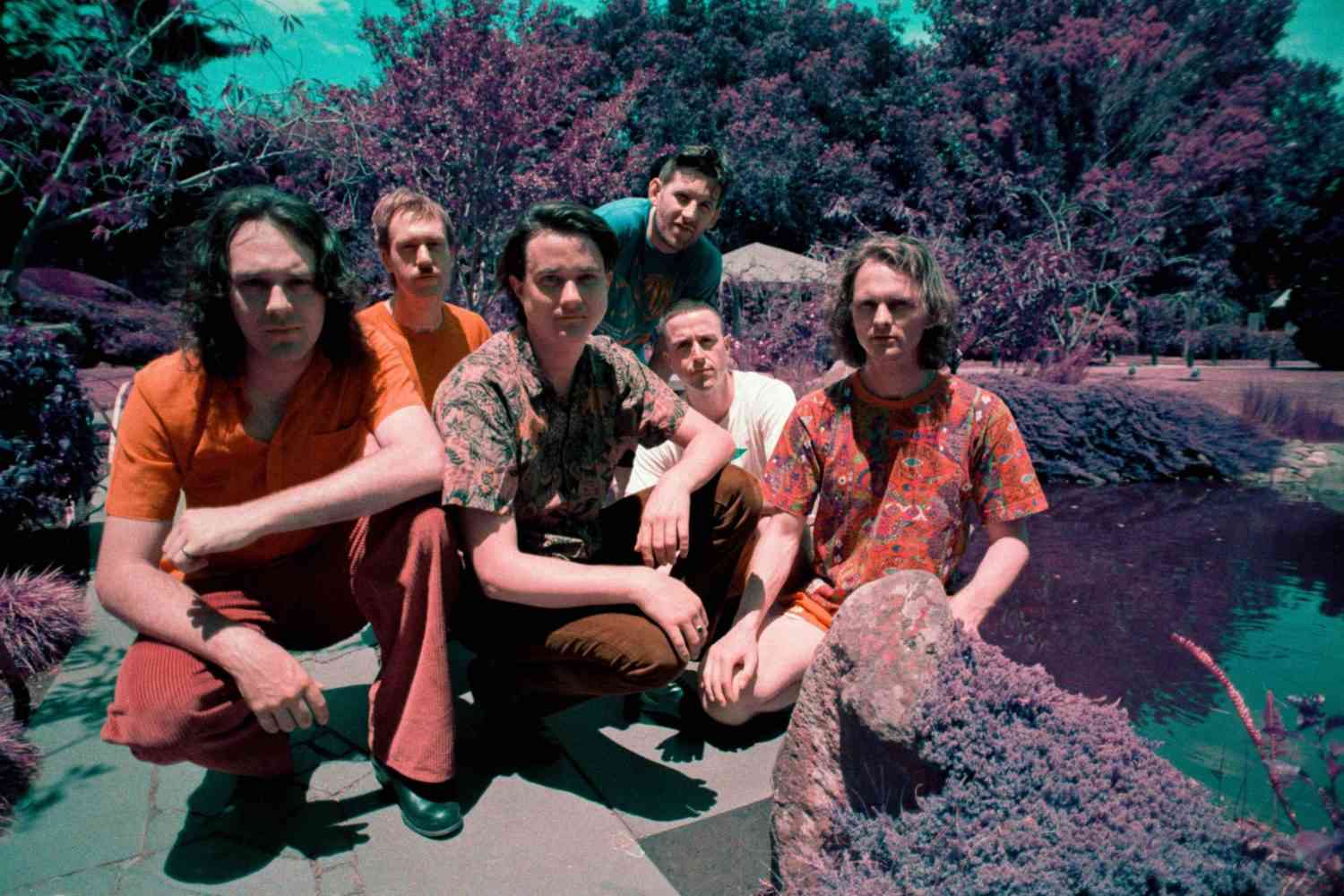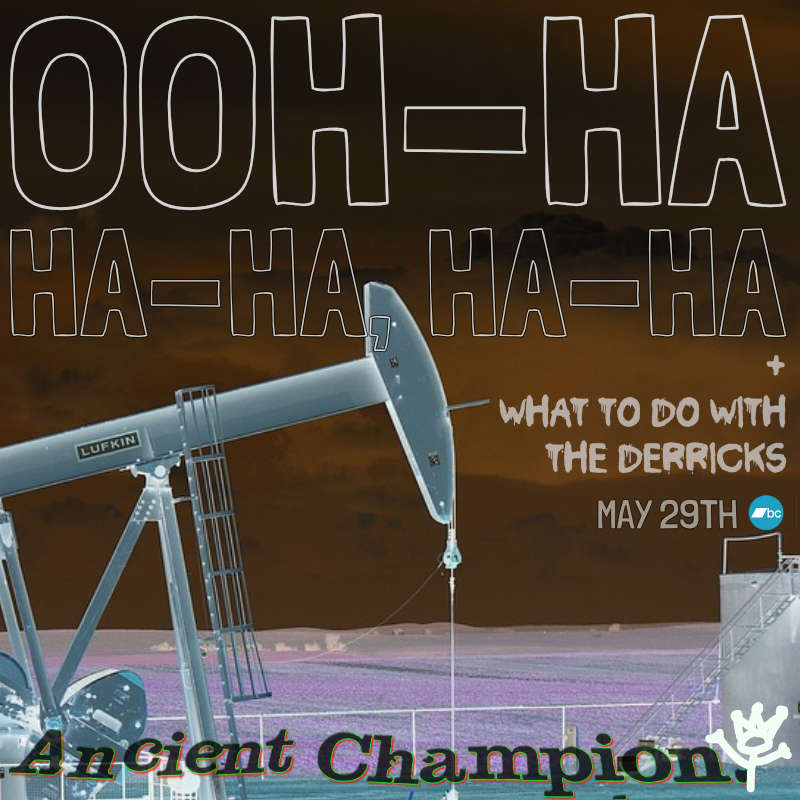In April 1964, what we wish was an April Fool's joke turned out to be a grim reality. It marked a pivotal moment in the Brazil's history in what soon became known as the Years of Lead (1968-78). Despite denial from its supporters, this period saw the rise of a 21-year-long military dictatorship characterized by authoritarianism, human rights abuses, political persecution, exile, and censorship. In the midst of this tumultuous scenario, there was a cultural boom, with art playing a crucial role in humanity's resistance.
MPB (Música Popular Brasileira) emerged as a trend in post-bossa nova urban popular music. It encompasses a diverse range of musical styles and influences, blending elements of samba, bossa nova, rock, and regional genres with influences from foreign jazz and rock. During the dictatorship, MPB became a powerful vehicle for cultural resistance, challenging censorship, advocating for political reform, and expressing solidarity with marginalized communities. An exemplary voice of the movement was Elis Regina. Two movements derived from MPB are Jovem Guarda and Tropicalismo.
Jovem Guarda drew influences directly from late 1950s and early 1960s rock n’ roll, infused with soul music from Motown. Its themes often centred around love and the experiences of teenagers, with some songs being Brazilian adaptations of British and American rock hits. Notable artists of the genre include Roberto Carlos, Erasmo Carlos, and Wanderléa.
Tropicalismo, also known as Tropicália, emerged as a cultural and musical movement in Brazil during the 1960s, gained prominence amidst the backdrop of the military dictatorship. It served as a bold form of artistic resistance, blending elements of traditional Brazilian music with avant-garde, psychedelic, and rock influences. The artists associated with Tropicália aimed to challenge the political and cultural status quo by embracing themes of cultural hybridity, diversity, and social critique. Employing irony, satire, metaphors, and ambiguity in their lyrics, they skilfully subverted censorship and addressed controversial topics, raising awareness among Brazilians of the underlying horrors of the time—a form of veiled resistance.
For instance, Gilberto Gil, Caetano Veloso, and Chico Buarque were prominent figures associated with the movement. They produced iconic songs such as “É Proibido Proibir”, “Alegria, Alegria”, “Cálice” (a play on ‘cale-se’, meaning 'shut up'), “Para Não Dizer Que Não Falei das Flores”, "Apesar de Você" and “O Bêbado e a Equilibrsta” which served as poignant expressions of resistance and social commentary.
In the 1960s, music emerged as a powerful form of protest, fuelled by the expressive power of rock. Iconic bands like The Beatles and The Rolling Stones led the way, inspiring a wave of counterculture movements in the United States with figures like Janis Joplin, The Doors, and Jimi Hendrix. By the mid-70s, British Rock had evolved into punk rock, represented by bands such as The Clash, the Sex Pistols and the Slits. Concurrently, in Jamaica, reggae music emerged as a platform for social commentary. Brazil, too, embraced this spirit of musical activism, blending international influences with Brazilian rhythms. These were incorporated in the MPB genre.
Regional music played a vital role in cultural resistance by providing a platform for celebrating Brazil’s rich cultural diversity and confronting the constraints imposed by the authoritarian regime. Artists and musical groups from various regions utilized their music to narrate stories, express distinct cultural identities, and shed light on local socio-political issues. Through their art, they assimilated elements of local culture into a message of resilience and empowerment, contributing to the broader narrative of resistance against oppression.
Forró, originating from the northeastern region of Brazil, is characterized by lively dance music featuring accordion-driven melodies, syncopated rhythms, and themes revolving around rural life, love, and social issues. Baião, another genre originating from the same region, is distinguished by its distinctive instrumentation of accordion and triangle, accompanied by syncopated rhythms. Luis Gonzaga stands as a notable example within both genres, embodying the essence and cultural richness of northeastern Brazilian music.
Samba, originating in Rio de Janeiro, exhibits regional variations across Brazil, each characterized by its unique style and cultural influences. Throughout the dictatorship, samba retained its status as a symbol of resistance and resilience, with artists harnessing its infectious rhythms and poetic lyrics to confront themes of social injustice, discrimination, and political oppression.Despite not being explicitly banned, gatherings in public spaces, such as terreiros dedicated to Afro-Brazilian cultural practices like Capoeira, Candomblé, and Umbanda, often attracted police attention. These spaces were viewed with suspicion under unjust laws rooted in veiled racism and biased perceptions, which authorized the arrest of individuals engaged in activities associated with African culture. Meanwhile, the military regime promoted a narrative of "Brazilianess" and patriotism, encouraging cultural expressions that glorified the nation while avoiding challenges to the established order.
Despite the challenges, Brazilian rock continued to evolve, particularly during the latter half of the 1960s. Bands such as "Os Mutantes" and "Secos & Molhados" emerged, introducing new sounds and musical experiments that mirrored the tensions and unrest of the era. Throughout the years of dictatorship, Brazilian rock embraced encrypted lyrics and social criticism, as artists navigated the need to express their opinions creatively while avoiding direct censorship from the regime. Frequently, lyrics adopted metaphorical or ambiguous tones to evade unwanted scrutiny from authorities.
In various regions of Brazil, regional artists and musical groups took initiative in organizing cultural events, festivals, and live performances, which served as safe havens for artistic expression and the cultivation of local cultural identities. These activities served as significant forms of cultural resistance, fostering stronger community bonds, and advocating for a more inclusive and diverse representation of Brazilian identity. Additionally, these festivals acted as talent pools for nurturing emerging artists who would go on to shape the Brazilian cultural landscape, including luminaries such as Elis Regina, Nara Leão, Gal Costa, Chico Buarque, Gilberto Gil, Milton Nascimento, and Caetano Veloso.
Dictatorship must be remembered and never erased or neglected, wounds in Brazil and volume in our culture. Not only in music, but cinema movements and visual arts; these artists paved the way for the following generations. Art emerges as a potent antidote; it heals and entertain us in sombre times.
essentials
Main image: Tom Jobim, one of the creators of bossa nova, and Chico Buarque, one of the leading names of MPB image from Wikipedia. Photographer uknown.
